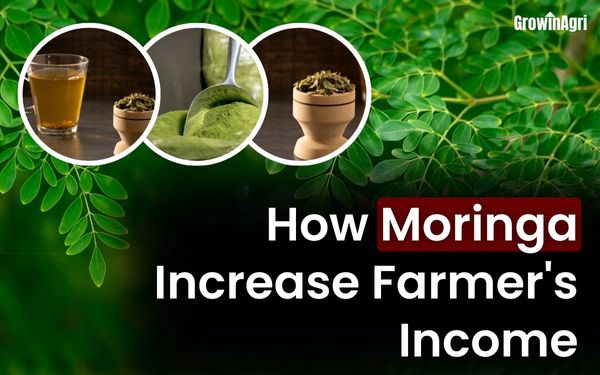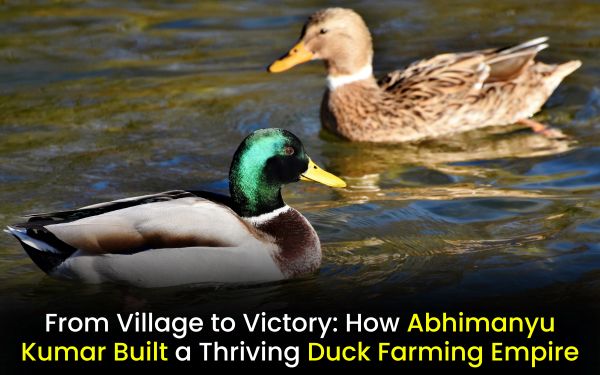Organic farming is one of the traditional ways of farming, but it is difficult to maintain efficiency in this type of farming. So, people weren’t much involved in organic farming. But now that people are a lot more conscious than before, organic farming has been back in trend for the past few years.
So, here is a guide for you to start your own organic farm from research work to selling
Understanding the market
Before starting any business, you need to first gain knowledge of the competitors, the product you are dealing with, consumers, demand, competitors, location, finances, expenses, pricing costs, and partners, etc.
All the different types of selections are mentioned in no order; you can do any of the following steps at any time in your market research process.
Land selection
Before buying farmland and anonymously starting farming, you need to find a perfect location that will have to meet a few criteria.
Firstly, access to the market
Away from an industrial area
Access to resources such as water and electricity
Quality of soil
Transportation facilities
Storage facilities
This was the land selection part.
Targeted consumer segment
You need to decide on your business model, whether it is B2B or D2C. You need to find your ideal consumer type. Once you have defined your consumer segment, you need to figure out where your consumers reside and how to reach them, through social media as well as through event campaigns.
Crop selection
Now, once you have identified the market and understood your consumers, you need to find the ideal crop with a margin. Keep in mind that organic farming is difficult to manage as compared to modern ways of farming.
There are a lot of losses in organic farming, so you need to choose the business model and crop wisely.
Of course, you can experiment with different types of crops and make your own standard way of farming. But for that, you need to have a very good knowledge of farming. Without the expertise, you will face problems.
Competitor analysis
Identify the competitors of the market you are going to enter. Identify your competitors’ strengths and weaknesses, and how you can use that as your plus point.
What strategies do your competitors use, in which market they are competing, and how can you create your own place in this competitive market?
These were a few questions you should be answering while competitor analysis.
Find the market
Find the marketplace where you are going to sell your produce. That means vendors, whether you are going to sell your produce to any local vendors or you can export out of the country.
You need to find vendors accordingly, according to the quantity, quality, location, and margin of your produce.
Certification
If you are new to farming, then you need to attend workshops and gain certifications from recognized bodies like NPOP, APEDA, etc.
You need to follow the necessary process, adhering to organic standards.
Actually, organic farming is difficult; it is not a cup of tea for every farmer, but it is also not impossible.
Financial management
Now you have done everything—selected the crop, understood the market, demand, vendors, gained certifications, etc.
Now comes one of the important parts, which is financing.
Now make a list of all the necessary initial costs and divide it into three parts: fixed cost, variable cost, and recurring cost. Fixed costs include machinery, tools, etc.; recurring costs include electricity, seeds, marketing costs, etc.—basically making a list of expenses.
Now you will get an idea of the amount you need to start the business and the time period.
Now you need to select from where you can source the investment—personal investment, government subsidies, loans, etc.
Farming
This is where all your knowledge and hard work apply. Seedling phase, planting your crop, taking care of regular checkups, etc., using vermicompost, natural manure and fertilizers, and natural pest management. Irrigate when needed.
You need to keep a record of everything—inputs used, crop schedule, labor details, irrigation details, harvest data, costs, etc.
You need to find a method of storage if it is perishable goods that are difficult to store (cold storage, which can be expensive).
This will help you in future farming purposes, trying out different methods and experimenting and identifying the ideal method.
Marketing and sales
With all the production and crops produced, you need to sell your produce. To vendors or directly to consumers—for this part of the process, you need proper branding and a marketing person is advised. Hire a social media or marketing manager, or you can be on your own.
Find different channels of sales, such as through online market, e-commerce, Blinkit, Big Basket, or your own site. Through mandis, local organic shops, to businesses such as restaurants, cafes, etc., you can also export to other countries according to the demand of the market.
Conclusion
This is a full set-to-set process of setting up the organic business model. This process is a standardized one that may vary according to the location, market, and region. Feel free to add your touch. But keep in mind that organic farming does have a high demand and popularity, but it is also difficult to do effective organic farming. With proper expertise in farming and business, you can do it.






